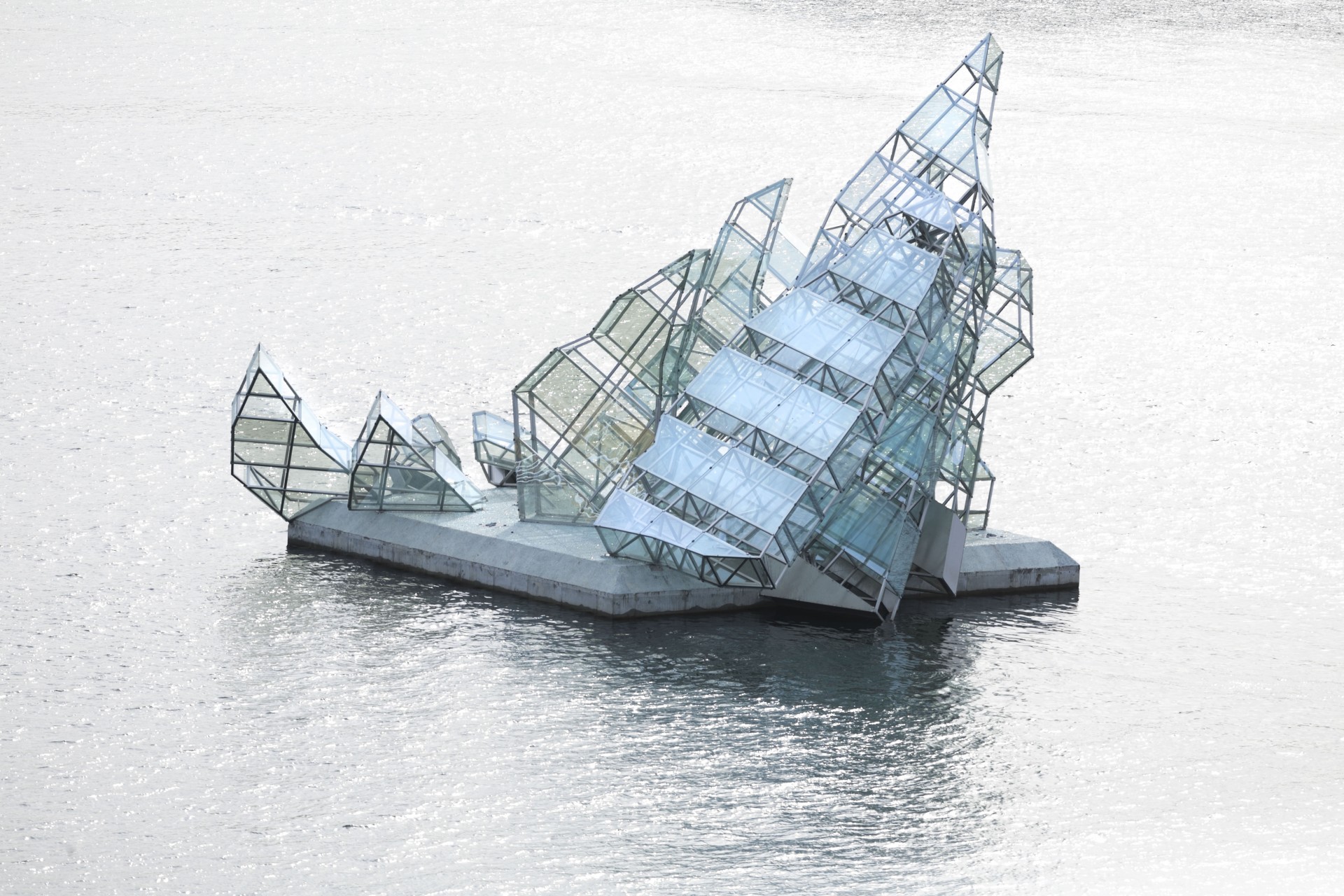Opera House: the artistic iceberg made in Oslo
HISTORY
By the time the Norwegian National Opera & Ballet was finally able to invite the public into an opera house of its own in 2008, the wish to have a dedicated opera and ballet venue in Norway had been debated for more than a century. An important step on the way to realising it was taken in 1957 with the formation of the Norwegian National Opera and the appointment of the world-famous opera singer Kirsten Flagstad as its first director. While the opera and ballet companies rehearsed and performed in Folketeatret at Youngstorget in Oslo, a painstaking political process was playing out which eventually culminated in the year 2000 with Parliamentary approval to build a new opera house. It was to be sited in Oslo’s old Bjørvika harbour area as the first building in a comprehensive urban development project for the area.
ARCHITECTURE
Since the opening, pictures of the angular architecture seemingly arising from the waters of Oslo Fjord have become known around the world and today are considered the keystone signature of the Oslo Opera House. This was precisely the intention of the firm of architects behind this iconic design, Snøhetta, which wanted to make the roof a platform accessible to all and in so doing create a new public space in the centre of Oslo. A parallel wish was to create a new landscape that would draw together the natural beauty of Oslo Fjord and the city.
In the foyer the public is met by a light, open space with a large, undulating oakwood wall. Behind this wall are the opera house’s three performance halls, with the Main House forming the heart of the building. Acoustic requirements determined the interior design of the Main House, and the combination of timbre and tonal possibilities and the dark, golden woodwork can be said to have transformed the Main House into a singularly outsized wooden instrument.
Oslo Opera House also has two smaller stages – the Second House and the Studio. Advanced theatre technology, specially built workshops, and rehearsal rooms for dance, song, orchestra and chorus make Oslo Opera House a modern, fully integrated performance venue. Every step in the process of creating performance art can be completed here.
BACKSTAGE
From north to south through the Opera House runs a high, inbuilt structure referred to as Opera House Street that separates the stages and the public areas from the production side where the rehearsal rooms, song and ballet studios, workshops and offices are located. Architecturally, the production side is separated from the public areas through the use of functional materials and right angles. However, the common element is openness. Visitors who wander around the Opera House can look through the big glass windows and catch a glimpse of activity in the scene painting room, sewing room, and hat and mask section. In this way the Opera House is open and accessible and offers the public an insight into its inner workings.
MATERIAL USED
The Snøhetta architects used three main materials in designing Oslo Opera House: stone, wood and metal. The principal stone used in the construction is the characteristic white marble from Carrara in Italy. The wood used in the foyer, public galleries and the Main House is oak, while the metal facades on the roof are aluminium. In addition, the design makes extensive use of large glass facades.
DECORATIVE ARTWORK
Oslo Opera House features eight arts projects in which 17 different artists were involved. The majority of the artwork is more or less integrated into the building, such as the stage curtain Metafoil by Pae White and the four predominantly white-lit installations in the wardrobe area of the foyer by Olafur Eliasson called The Other Wall. Other artworks not integrated into the architecture include Monica Bonvicini’s sculpture She Lies, anchored in the waters of the harbour outside the Opera House.

Monica Bonvicini’s Sculpture – She Lies